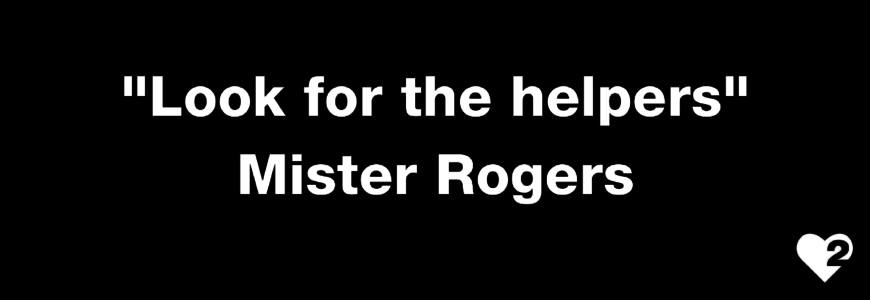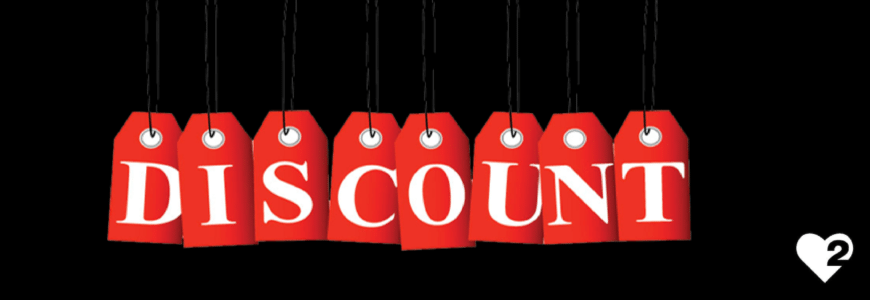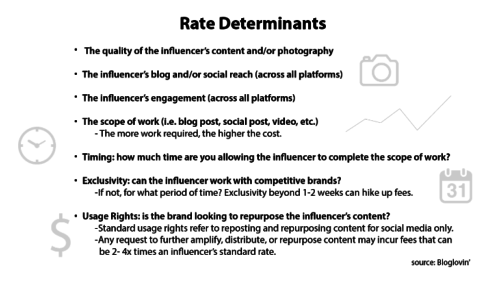“I am not a teacher, but an awakener.” Robert Frost
(This post was originally written on June 3, 2013. It has been updated, but the issue, sadly, is still real for many.)
When will you decide to take action on all that education you are consuming? Because the truth is, until you do, please do not expect any changes to occur. Change the system, change the result.
So many professionals arrive to education classes each day with the hopes of getting info on the latest and greatest products, tools, programs, and being inspired and motivated. And of course, grab a selfie with their hair heroes and sheroes. We’ve all been there. And it can be some of the best experiences of our lives.
My career began when I first attended the International Beauty Show in New York. The moment I stepped foot into the door, I knew my life would never be the same. Many of us have stories like that, and I never tire of hearing them.
Everyday in the pro beauty biz, there are shows, classes, workshops, academies, webinars, DVD’s and books to purchase. And everyday, beauty professionals from around the globe consume these educational opportunities.
But here is the dilemma. Not much has changed. After 30 years, I still see and hear so much of the same narrative, the same struggles, the same resentment.
Why are you investing so much in education and not seeing significant changes consistently? Why do hairdressers still struggle to make a living? Why do salons open with fanfare and close in silence and shame? It breaks my heart. But it is also why Passion Squared exists.
While the answers are not as simple as a blog post, here are some of the reasons I believe this cycle continues and what we can do to change it…
1. You Have A Taking Action Problem
As one that has worked in this beautiful biz my entire adult life, 30 years, is see a huge problem with owners and hairdressers actually taking action and following through. Yep, I said it. It’s quite common for us creative types, to be addicted to the inspiration and info, but not taking action on much of what we learn.
You have become addicted to obtaining knowledge, not to executing on the knowledge you are receiving. In order to change that, you must begin to fall in love with taking action. Or finding a partner in your biz that is in love with taking action. There is no way around it. Awesome businesses execute. They are consistent. They are in love with the fundamentals of what makes a business awesome. Period.
2. The Truth Is Technical Skills Include Business
Speaking of addictions, many are addicted to learning how to be better cutters, colorists and stylists and almost adverse to being better leaders, managers, business owners and brand developers. Being an awesome haircutter does not automatically make you an awesome biz owner (have you read the E Myth?). Having a big Instagram following does not mean you can build and grow a team, or coach others on how to build and grow. And if you are an independent artist, you are a business owner too. Drop the ego, stop thinking you know it all, and commit to learning what it takes to build and grow a business. If you are not into improving your business skills, don’t own a business.
3. Don’t Buy Into The Hype
Many are in love and enamored with our product lines, manufacturers, distributors and those with big social media followings. You worship them. You spend thousands of dollars supporting them. How are they supporting you? How are they helping you increase traffic to grow your business? And let me remind you, just because someone can collect followers on social platforms does not mean they are a good business person, or have a good business. It simply means they have learned how to build followers. It’s not the same. Some actually do have an awesome business, but many do not. Don’t buy into the hype.
4. Get Focused AF
As a group, we are a fairly unfocused bunch. I include myself in all of this as I will only speak from my own experiences. We are so addicted to what’s next, we miss the opportunity to actually learn something, implement it, measure it, learn from it, and adjust it.
We move towards what we focus on and we can only focus on one thing at a time. Something to think about next time you sign up for a class, workshop and webinar. What is your plan for taking action on the ideas you learned? To measure the results? To adjust as you measure?
There is no getting around doing the work. And if you want to see a change, a real change in the results of your business, your skills and your life, there’s gotta be some type of plan and commitment to get focused. The first step to this is taking a shit ton of meaningless stuff off your to-do list. Just let it go. It’s not helping you.
5. Real Education Empowers
Education should empower the educated. It should awaken the student. It should create real change. Both the educator and the educated share responsibility for this.
This is why I created membership programs like A School and Social Beauty Intelligence.
I understand that all the problems above exist, and my solution it to not just inspire you for an hour or a day, but for the lifetime of your career.
You see, the more we can stay connected, the better chance you have of staying on track and reaching your goals. It’s really that simple. Each day I am so proud of the decisions my clients are making, because they have simply decided they want to make an impact by focusing on what matters and investing in long term growth.
My purpose is to empower the people that I love. That is the also the purpose of Passion Squared. I have a dream that one day, in my lifetime, beauty professionals will be awakened and empowered to make good decisions about their career and business, and earn a good living, consistently. Sadly, if we get honest with ourselves, this is just not the reality of our biz. It’s time to change that.
With love + truth- Nina @passionsquared








